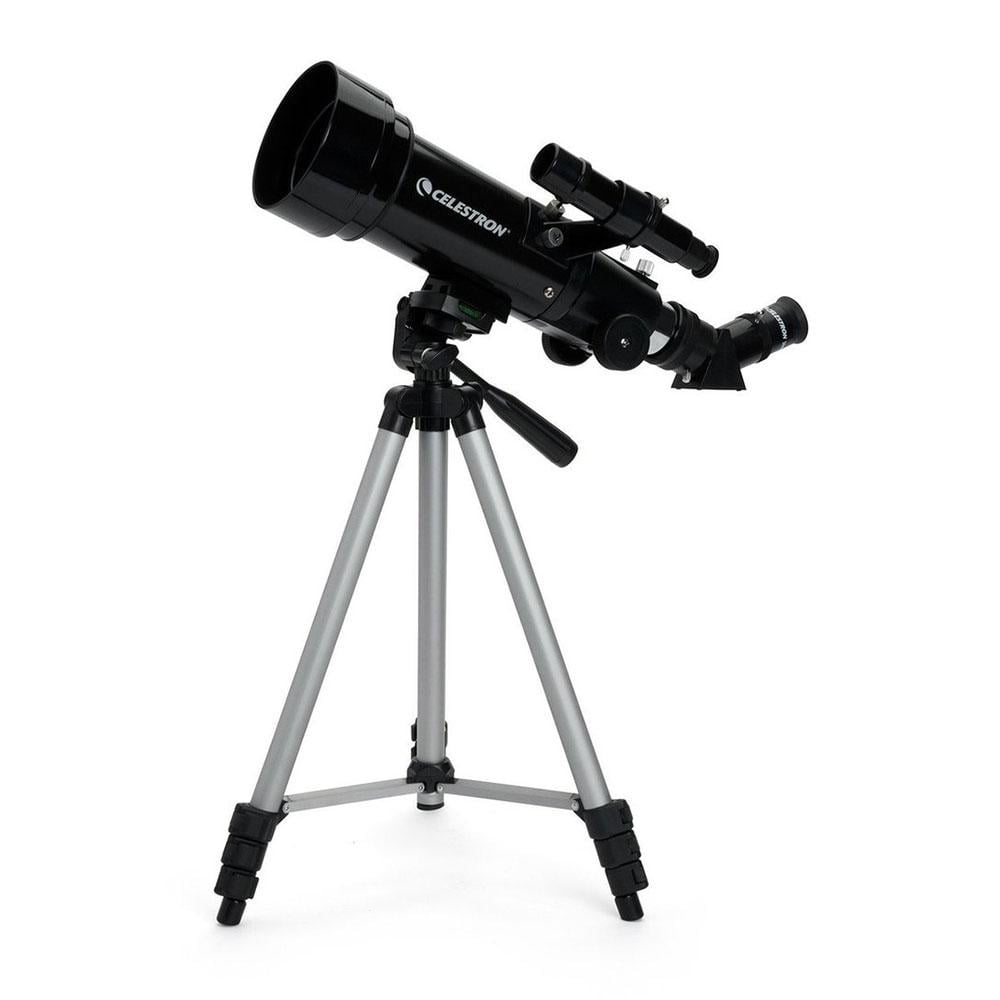8 Best & Affordable telescopes for watching Planets and Moon for Beginners
Here are 8 of the best and most affordable telescopes to buy for Beginners
Most of us wanted to see the moons and planets from childhood, well sadly most of those celestial bodies, look just like a dot in the sky to our eyes. But that's why the telescope was invented!
Here are some of the best telescopes you can buy, to complete that dream.
Note: These are not according to Rankings, #1 is similar to #10
1. Celestron Firstscope
- A high-quality Dobsonian-style stand with a 76 mm reflector optical tube makes FirstScope an ideal entry-level astronomical telescope.
- The Portable and lightweight table-top design makes it easy to store, transport, and setup your FirstScope Telescope
- FirstScope is very easy to observe, the user simply navigates the night sky by moving the tube in the direction of their desired object.
- The stylish and decorative design makes FirstScope a wonderful keepsake for anyone interested in astronomy.
2. Celestron 50 Az Refractor
- 50mm refractor telescope with fully coated glass optics and a lightweight frame.
- Observe in no time with a quick and easy, no-tool setup.
- Accessories include four eyepieces (20mm, 12mm, 4mm, and 1.5x image erecting eyepiece), a star diagonal, a finderscope, and a Barlow lens.
- The adjustable height tripod includes an accessory tray.
3. Meade Instruments 50mm Az
- The telescope comes complete with everything you need to view the wonders of the night sky the first time out.
- 50mm (2 inch) Refracting Telescope delivers bright images that are ideal for viewing both land and celestial objects
- Comes with 3 eyepieces that provide low, medium, and high-powered magnification for viewing a wide range of objects (Moon, planets, or land). 1.25-inch Eyepieces (SR 4mm, H12mm, H20mm)
4. FotoCart 76 Az Reflector
- 76mm Aperture | 700 Focal Length | AZ Mount for Easy use
- Be able to Focus more Light to explore distant Galaxy, nebula, and star clusters. 2. Be able to capture excellent sightseeing of planets like Moon, Jupiter, etc.
- In the Box : 3 Eyepiece 4mm,12.5mm & 20mm | 2x Barlow | Finder Scope | 1.5x Erecting Eyepiece | Full-Size Tripod with Accessories Tray | Cleaning Cloth | User Manual
- Ideal for Appropriate for both celestial and terrestrial viewing.
5. Celestron Travelscope 70
- All coated glass optical elements for clear, crisp images
- Erect image diagonal so that your views are correctly oriented
- Smooth functioning altazimuth mount with easy pointing to located objects
- Quick and easy no-tool setup
- The telescope and tripod fit inside the custom backpack for easy traveling and storage
6. Orion Spaceprobe 76mm
- A fantastic beginner telescope the whole family will enjoy that's lightweight, easy to set up
- 76mm (3") aperture reflector telescope is large enough for wonderful views of the Moon, rings of Saturn, moons orbiting Jupiter, and even some brighter nebulas
- A stable altazimuth mount and tripod provide smooth motion in both altitudes (up/down) and azimuth (left/right) axes of motion
7. Celestron 70EQ
- Manual German equatorial mount with setting circles to locate and track sky objects
- Adjustable, full-height tripod with deluxe accessory tray
- Quick and easy no-tool setup
- Accessories include a 20mm and 4mm eyepiece, an erect image diagonal, a finderscope, and a 3x Barlow lens.
- Download Starry Night Basic Software with a 36,000 object database, printable sky maps, and enhanced images including 3D renderings of stars, exoplanets, and galaxies
8. Orion GoScope
- Grab-and-go day and night refractor telescope and lightweight aluminum tripod for beginning stargazers and families on the go
- Rugged, specially designed backpack holds the 70mm telescope, tripod, and all accessories
- 400mm focal length telescope (f/5.7) excels at daytime birding use as well as viewing wildlife, scenery, and casual nighttime observing of the Moon and bright planets
- The included compact tripod can be adjusted to hold the telescope as low as 17.75" up to a 43.5" maximum height with the tripod legs fully extended
Whatever telescope you choose, remember, the viewing experience may change, depending on the area you live, due to light pollution. If possible, go to clear skies for the best experience.
Here's a comparison of various skies








Comments
Post a Comment